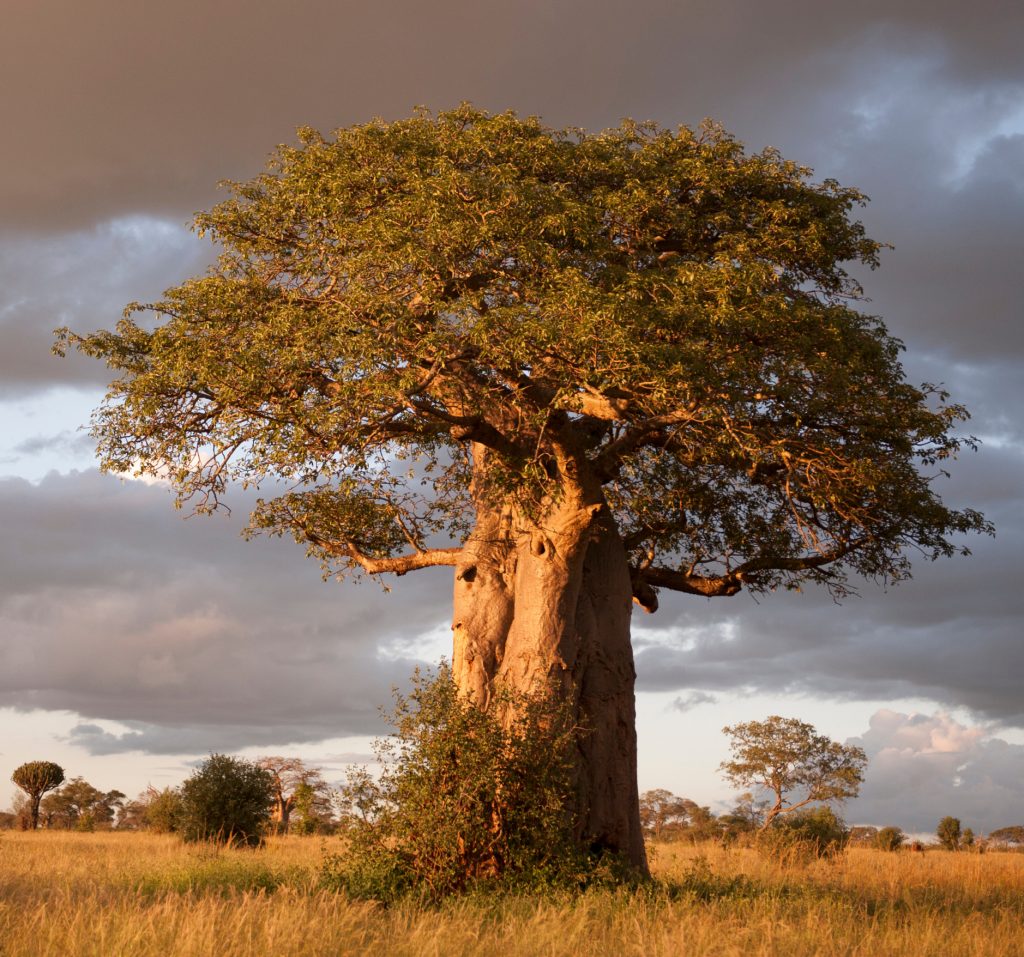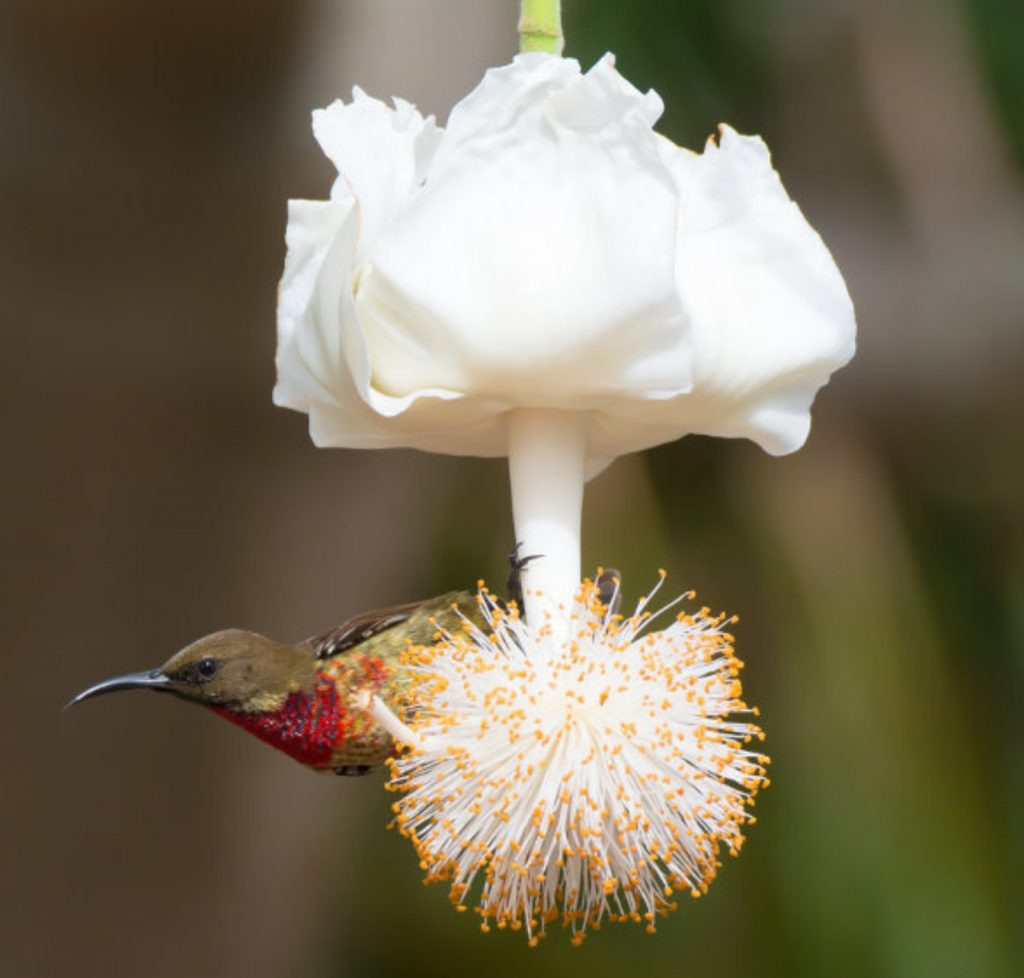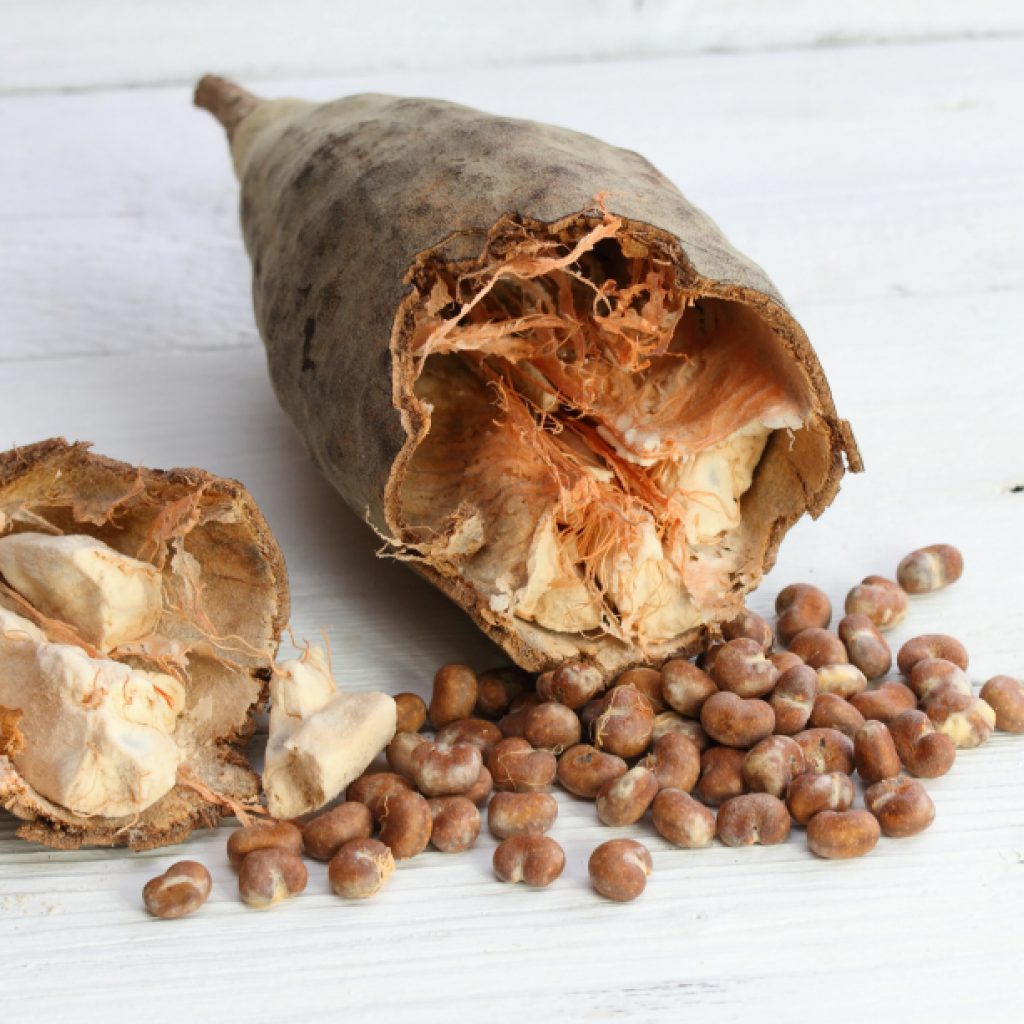African Baobab tree
African baobab trees, scientifically known as Adansonia Digitata, are some of the oldest living organisms in the world. Baobab trees originated millions of years ago in West Africa and spread over time to other parts of the world, creating new species. There are 9 baobab species, of which 6 have originated in Madagascar, 2 in Australia and 1 in Africa. The fruit from the baobab tree that is used for our Bao-Med products comes from South Africa, proven to be the most nutrient rich variant. The Baobab fruit is known as one of the world’s best superfoods, and contains more vitamins, minerals and dietary fibers than almost any other food/fruit on the planet.
The oldest baobab trees have been carbon dated to be at least 1275 years old. These supertrees can reach up to 98 feet or 30 meters in height, up to 36 feet or 10 meters in diameter. The Baobab is a fibrous tree that consists of around 75% water. This water is stored in the cells of their trunk, which gives the trees their characteristic swollen shape. This helps them survive in the driest regions of Africa.

Baobab flower

The baobab tree carries leaves during the summer months. These leaves are a valuable food source to many communities that live close to these trees. It is boiled and consumed the same way as spinach.
Baobabs grow a small flower bud that looks a lot like a small baobab fruit. The flower bud opens for one day only. A large white flower opens slowly as the sun sets to be pollinated during the night. In most parts of the world, bats pollinate the baobab flowers but studies in South Africa have found that Hawkmoths are the main pollinators of baobab tree flowers and not bats at all.
The flower will then wilt, and the fruit will start growing from the pedicle. In South Africa, this takes place in November from where the fruits usually will start falling off the trees around 6 months later when they are rype and dry.
Baobab fruit & seeds
These fruits are picked up by the locals and not harvested from the trees. Thus, the fruit is not a product of agriculture and is referred to as wild fruit which is sustainable by nature. The baobab fruit is known as one of the world’s superfoods. The baobab fruit contains more vitamins, minerals, dietary fiber, etc than almost any other food/fruit on the planet.
The baobab fruit has a hard exterior and is covered with short velvety hair. The shape can vary from elongated to round. Large fruits can weigh more than 2 kg and contain more than 400 seeds, smaller ones can be the size of an apple with just a few seeds. Inside the fruit there is a dry, white fruit powder in which the seeds are kept, connected in a loose network of red fibers.
The seeds are dark brown and kidney shaped. They are approximately one centimeter long and have a soft interior. Oil can be extracted from the seeds and used on the skin and hair.



